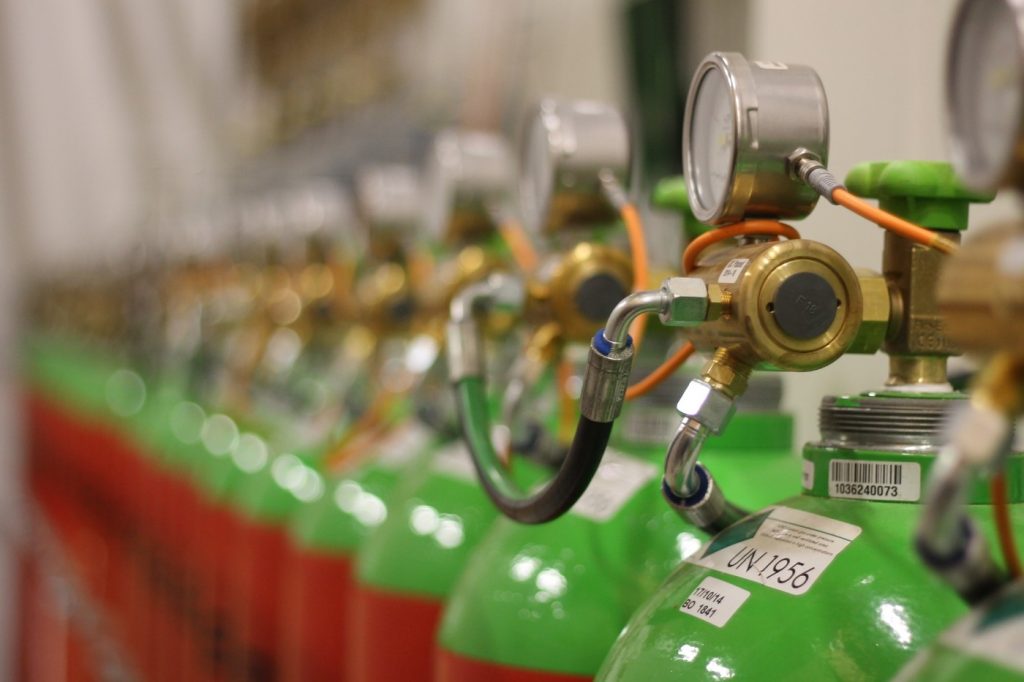The various fire classifications you need to know
Fire is one of the most serious threats that can occur in various environments, from households, offices, to industries. To deal with fires appropriately, it is important for every individual and company to understand the classification of fires.
In Indonesia, these classifications are divided based on the type of burning material, and each has different handling methods. Understanding these classifications not only helps reduce the risk of damage, but also saves lives and valuable assets.
Classification of Fires in Indonesia

In general, fire classification in Indonesia is divided into five categories, namely Class A, B, C, D, and K. The following is a complete explanation of each type along with the appropriate extinguishing media.
Class A Fire Classification
Class A fires occur due to flammable non-metallic solid materials, such as wood, paper, cloth, rubber and plastic. These types of fires are the most common, especially in home or office environments.
Effective extinguishing media for this class include water, foam and dry powder. Water is helpful in cooling the burning material, thus preventing the fire from reigniting.
Class B Fire Classification
Class B fires are caused by flammable liquid or gaseous materials, such as gasoline, diesel, alcohol, paint, and gases such as LPG and LNG. Common causes of this class of fire include fuel leaks, sparks in flammable material storage areas, or the use of chemical solvents in enclosed spaces without proper ventilation.
One of the most effective methods for extinguishing class B fires is to use light fire extinguishers of the foam type, specifically Aqueous Film Forming Foam (AFFF).
Foam ini bekerja dengan membentuk lapisan penutup di atas permukaan cairan yang terbakar, memutus suplai oksigen, dan mendinginkan permukaannya. AFFF dikenal efektif menutupi area luas, tidak beracun, serta ramah lingkungan.
Classification Class C Fire
Class C fires occur due to faults in live electrical installations, such as cables, electrical breakers, or household appliances that use electrical power. Since electricity can conduct current through water, the use of water as an extinguishing medium is strictly prohibited.
The appropriate type of extinguisher for class C is carbon dioxide (CO2) or dry powder, which is able to extinguish fire without conducting electricity, making it safe to use in electrical fire situations.
Class D Fire
Class D fires involve combustible metallic materials, such as magnesium, aluminum, sodium, potassium and lithium. These types of fires generally occur in industrial or laboratory areas that handle reactive metals.
To deal with class D fires, specialized fire extinguishers such as dry powder for metals or fine, dry sand are required. These media are able to absorb heat and prevent chemical reactions from continuing that could worsen fire conditions.
Class K Fire
Class K fires generally occur in the kitchen environment, especially those involving cooking oils such as vegetable oil, animal oil or other fats.
When oil is too hot, spontaneous combustion can occur, which is difficult to extinguish with water because it makes the fire spread. Suitable extinguishing media are foam and carbon dioxide (CO2), which can form a layer of cover over the oil and stop the supply of oxygen, effectively extinguishing the fire.
Understanding fire classifications is essential to ensure appropriate extinguisher selection and avoid greater risk. Each class of fire has unique characteristics that require different handling approaches.
As a comprehensive prevention and protection measure, entrust the installation of fire protection systems to experienced experts. Adiwarna as a fire protection contractor, is ready to help provide the right fire protection solution according to its classification.
With technical support and quality products, protection against various types of fires can be maximized.







